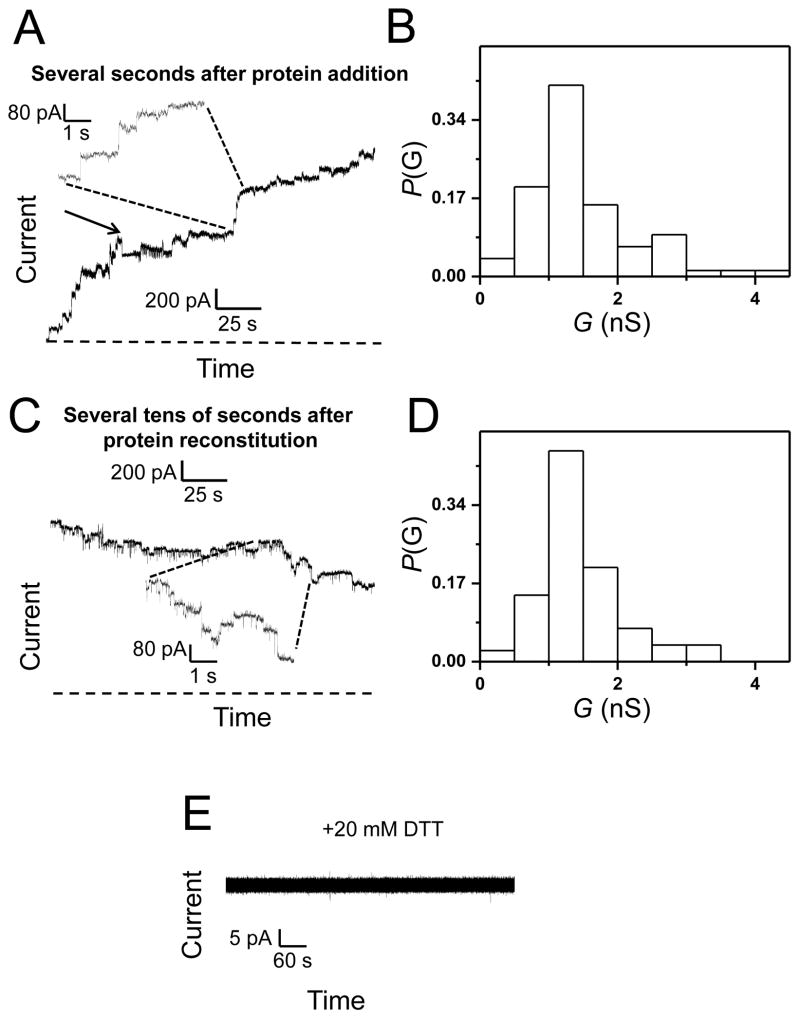Figure 2. Evidence for large-conductance, channel-like activity of Wzm.
(A) A representative stepwise increase of the macroscopic current showing multiple single-channel insertions of Wzm into a lipid bilayer. A transient closure of the Wzm channel was observed during this electrical recording. This closure is indicated by an arrow. The electrical traces flanked by dashed lines illustrate a region on the lower-time resolution (the bottom trace) that has been amplified at a greater time resolution (the top trace). The horizontal dashed line represents the zero-current level; (B) A histogram of the probability (P(G)) of the occurrence of a given single-channel conductance insertion (G(nS)) of Wzm. A total of 79 single-channel insertions were used to construct this histogram; (C) A representative stepwise decrease of the electrical current showing multiple single-channel closures of Wzm. The electrical traces flanked by dashed lines illustrate a region on the lower-time resolution (the top trace) that has been amplified at a greater time resolution (the bottom trace). The horizontal dashed line represents the zero-current level; (D) A histogram of the probability (P(G)) of the occurrence of a given single-channel conductance closure ((G(nS)) of Wzm. A total of 81 channel closures were employed to construct this histogram. Histograms in B and D were constructed from three different experiments using two different protein batches; (E) Reduced Wzm does not form channels. This electrical trace was obtained in the presence of the Wzm protein treated with 10 mM DTT for 20 minutes at room temperature prior to its addition to the chamber. These electrical recordings were performed in 200 mM KCl, 10 mM phosphate buffer, pH 7.4. The transmembrane potential was +40 mV. In this figure, the electrical traces were low-pass, Bessel filtered at 0.5 kHz.

